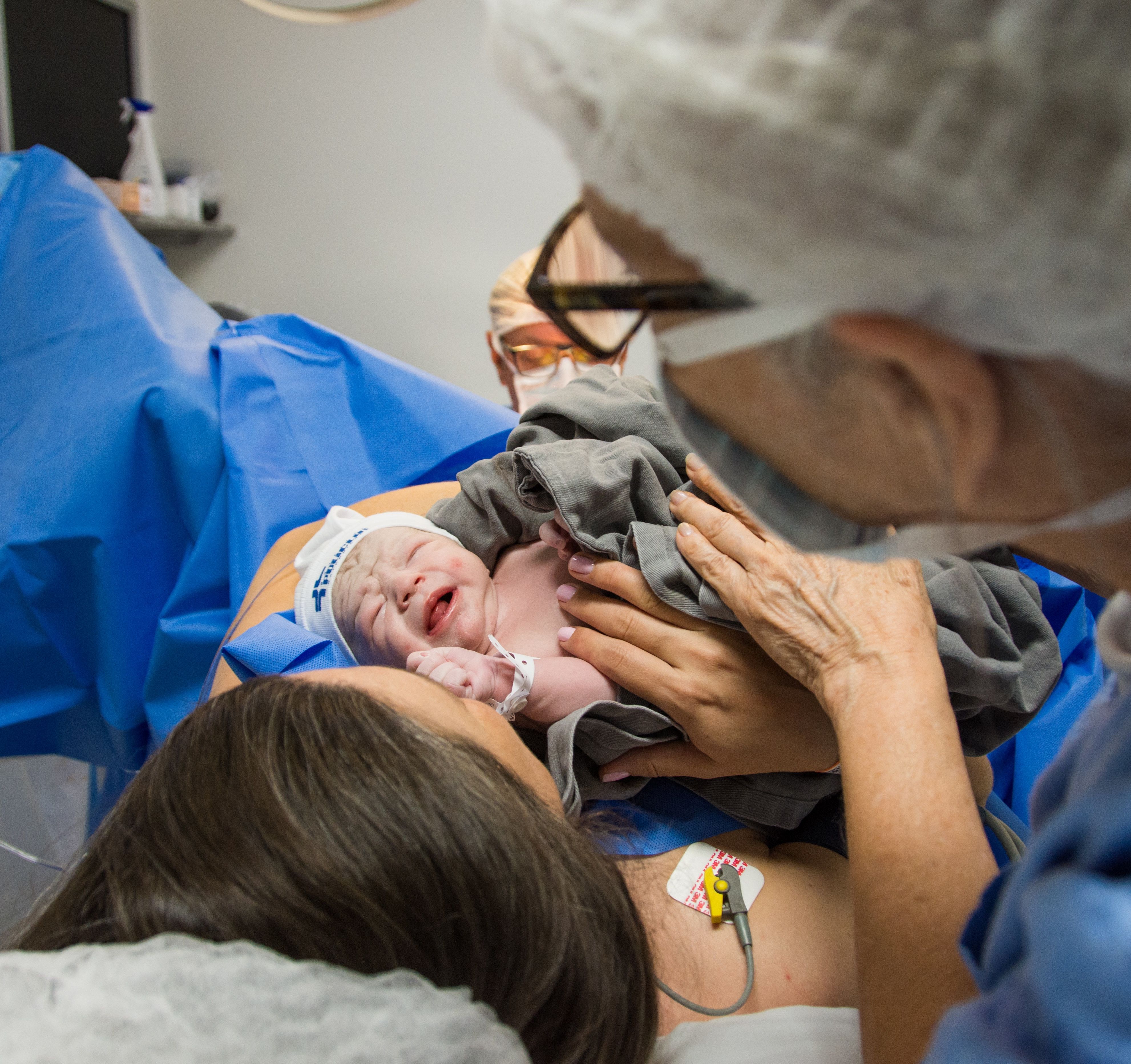
In March, USA TODAY revealed rates of severe childbirth complications at nearly 1,000 hospitals in 13 states. While USA TODAY sought patient billing data from all states, many declined to release it, sought to charge exorbitant fees or imposed restrictions that rendered it useless. The hospitals USA TODAY examined were in Florida, Nevada, New York, Rhode Island, Texas, Vermont, Washington and West Virginia. “What you often find in these high episiotomy hospitals are cultures of excuse,” Clark said.ĭoctors and hospitals want to believe they are doing the right thing, he said, and they excuse their performance by believing that their patients are somehow different than the patients of those who perform better. The hospital didn’t respond to questions about how opioid addiction or prenatal care increase the need for episiotomies.Įxperts said such explanations make no sense. Thomas Memorial Hospital, in a statement, pointed to the poor health of the West Virginia mothers it serves, their lack of prenatal care and the state’s opioid epidemic. While individual doctors decide whether to make the cuts, Cindy Pearson, executive director of the National Women’s Health Network, said hospitals have had more than a decade to get doctors to reduce their use of episiotomies. At Dallas Regional Medical Center, which touts its women’s center as having the “newest medical equipment,” the episiotomy rate was 31%. At Summerlin Hospital Medical Center, one of Las Vegas’ biggest birthing centers, it was about 22%. Other outliers included Thomas Memorial Hospital in South Charleston, West Virginia –which has six labor and delivery rooms across the river from the state capital – at nearly 37%, and Hialeah Hospital near Miami at 36%. “There’s not an excuse for a rate anywhere close to that.”Īt NewYork-Presbyterian Queens, a 535-bed teaching hospital in Flushing, New York, nearly 40% of women who delivered vaginally from 2014 to 2017 – and whose babies didn’t have the shoulder complication – received episiotomies. The hospital’s rate was the highest among hospitals studied by USA TODAY – almost eight times the recommended rate. Steven Clark, a professor at Baylor College of Medicine, who has published research on methods for reducing episiotomy rates. “I cannot imagine what on earth is going on with a hospital that has a 20-30% episiotomy rate,” said Dr. Where hospitals have educated doctors and tracked their use of episiotomy, rates have dropped dramatically. In New York and Nevada, statewide rates were more than 11%.Įxperts blamed high rates on outdated medical practices and a desire to speed up the time it takes to deliver babies. Washington had the lowest statewide rate: Just 3.8% during the time period studied. Those with the highest rates of episiotomies included major medical centers in big cities, mid-sized hospitals in metropolitan suburbs and small facilities in rural communities. More: Secret data shows hospital episiotomy ratesĪt the 553 hospitals analyzed, nearly 240,000 women were cut over four years. Although there is no national consensus on how frequently the procedure should be used, a leading hospital safety group recommends that the cuts should occur in no more than 5% of vaginal deliveries.īut a USA TODAY analysis of hospital billing data finds dozens of hospitals in eight states with episiotomy rates of 20% or higher, some of them nearly double that. That’s why national guidelines since 2006 have called for limiting the procedure to emergencies, such as when a baby’s shoulders get stuck. Mothers who receive episiotomies – an incision at the vaginal opening to create more room as a baby’s head appears – are more likely to suffer severe complications than if they had been allowed to tear naturally. It’s a surgical cut made during childbirth that doctors have been officially warned for more than a decade does more harm to women than good.

Emilee Strezinski says that doctors never discussed with her, or her husband, the risks or benefits of her undergoing an episiotomy.


 0 kommentar(er)
0 kommentar(er)
